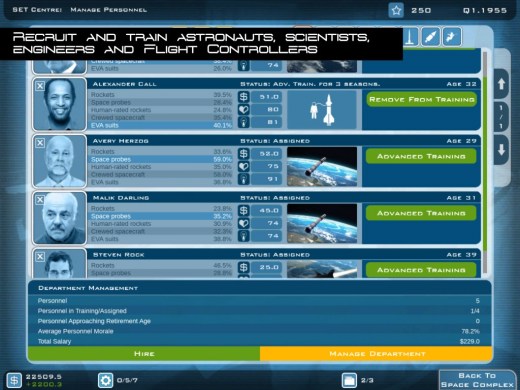NASA’s New Horizons spacecraft gets closer each day to Pluto and the fly-by on July 14th. The New Horizons mission, the SETI Institute and the International Astronomical Union (IAU) have opened a public participation program in which you offer an addition to a list of names that will be used for features on Pluto and its moon Charon.
The SETI Institute has opened the Our Pluto website where you can submit your suggested names : Public Asked to Help Name Features on Pluto – SETI Institute.
[ Update: Here’s a Google Hangout discussion with SETI Institute scientist Mark Showalter and New Horizons mission member Cathy Olkin about the Our Pluto program:
]
The deadline for the name submissions is April 7, 2015.
Here is a statement today from the IAU that lays out the boundaries for what names will be accepted.:
Campaign for Public Participation in Naming Features on Pluto
In partnership with NASA’s New Horizons mission and the SETI Institute, the IAU is endorsing a campaign that will allow the public to participate in naming newly discovered features on Pluto and its satellites. It is expected that many new features will be discovered in the upcoming flyby of Pluto and will be available for naming. The public is invited to suggest names within the designated IAU themes for these celestial bodies.
Pluto retains a unique position in the hearts and minds of many. Pluto is a remote and enigmatic world that resides at the edge of the Solar System, in a region known as the Kuiper Belt, where it is one among many similar dwarf planets, although Pluto remains the largest discovered to date.
On 14 July 2015, NASA’s New Horizons probe will fly past Pluto, offering the first close-up look at this small, distant world and its largest satellite, Charon. These denizens of the outer Solar System will, at long last, be transformed from mysterious, hazy bodies into worlds with distinct features.
In celebration of this historic occasion, the IAU is proud to endorse a campaign that will allow members of the public to participate in naming newly imaged and identified features on the surfaces of Pluto and its natural satellites.
This naming campaign is a partnership between the NASA’s New Horizons project, the SETI Institute and the IAU.
You are invited to visit the website ourpluto.seti.org, where you can vote for the names that you think should be used to identify the most prominent features on both Pluto and Charon. You can also suggest additional names. These must be associated with a set of accepted themes set out by the IAU’s Working Group for Planetary System Nomenclature (WGPSN) related to mythology and the literature and history of exploration:
Pluto:
- Names for the Underworld from the world’s mythologies.
- Gods, goddesses, and dwarfs associated with the Underworld.
- Heroes and other explorers of the Underworld.
- Writers associated with Pluto and the Kuiper Belt.
- Scientists and engineers associated with Pluto and the Kuiper Belt.
Charon:
- Destinations and milestones of fictional space and other exploration.
- Fictional and mythological vessels of space and other exploration.
- Fictional and mythological voyagers, travellers and explorers.
Styx:
- River gods.
Nix:
- Deities of the night.
Kerberos:
- Dogs from literature, mythology and history.
Hydra:
- Legendary serpents and dragons.
Please note, however, that votes for other themes will not be taken into account, incl. the following, since these themes have already been used on Mercury, Venus and Mars:
- Space missions and spacecraft names.
- Authors, artists, directors and producers of the fiction of exploration.
- Explorers of the Earth, air and seas.
The campaign ends on 7 April 2015, after which the New Horizons team will sort through the names and submit their recommendations to the IAU. The IAU will have the final decision on how the names are used.



![Enterprise_In_Space5-1024x635[1]](https://i0.wp.com/hobbyspace.com/Blog/wp-content/uploads/2015/02/Enterprise_In_Space5-1024x6351-1024x635.png?resize=520%2C322) Grand Prize Winner
Grand Prize Winner![EIS_sPestana2[1]](https://i0.wp.com/hobbyspace.com/Blog/wp-content/uploads/2015/02/EIS_sPestana21.png?resize=520%2C520)
![NSSJohnCortesISO4.JPG-1024x576[1]](https://i0.wp.com/hobbyspace.com/Blog/wp-content/uploads/2015/02/NSSJohnCortesISO4.JPG-1024x5761-1024x576.jpg?resize=520%2C293) Second Prize Winner
Second Prize Winner